SCHEDULE AN APPOINTMENT WITH US
Are Your Symptoms Affecting Your Quality Of Life?
Consult our MOH-accredited orthopaedic specialist for an accurate diagnosis & personalised treatment plan today.

MBBS (S’PORE)
MRCS (Ireland)
MMed (Ortho)
FRCSEd (Ortho)
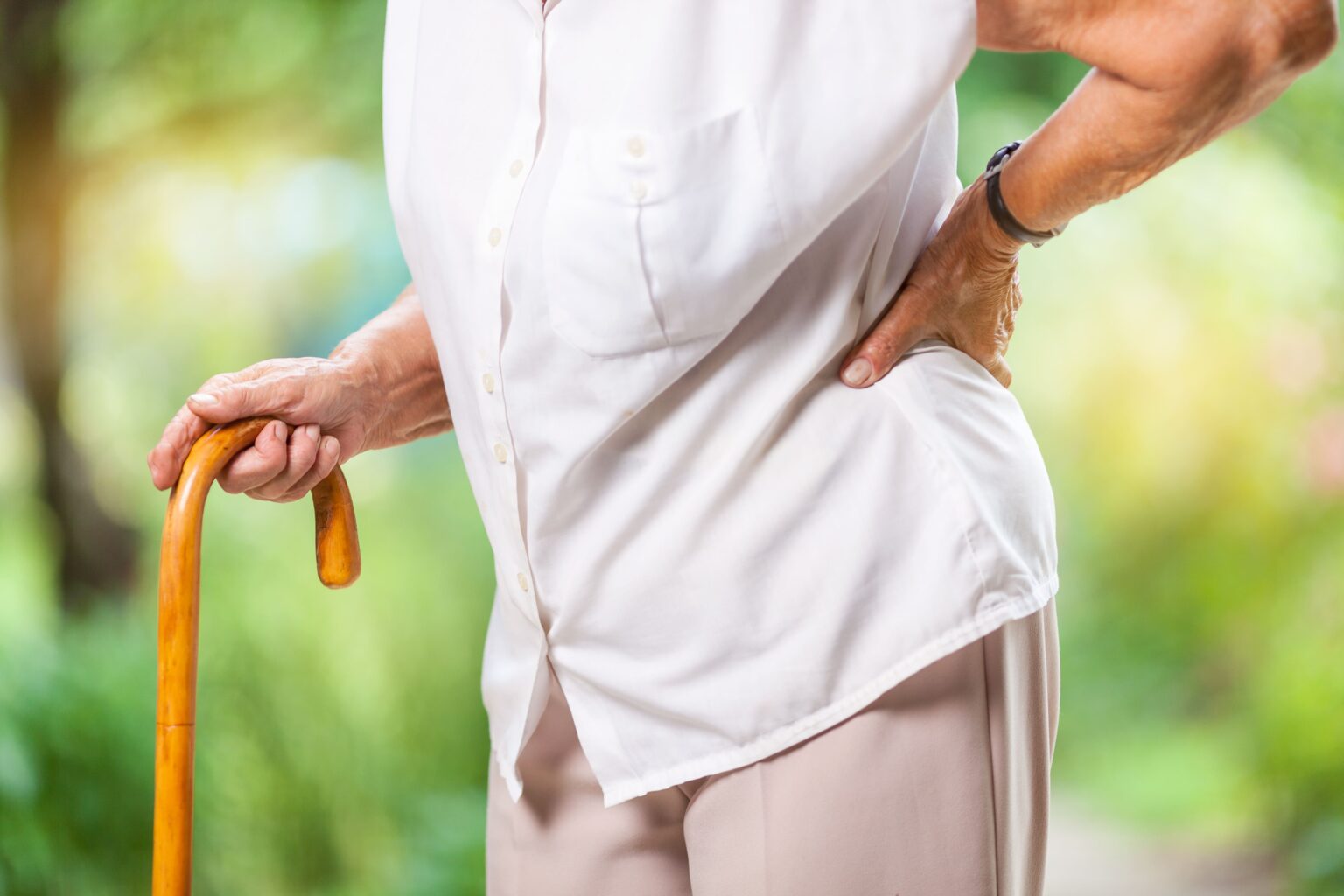
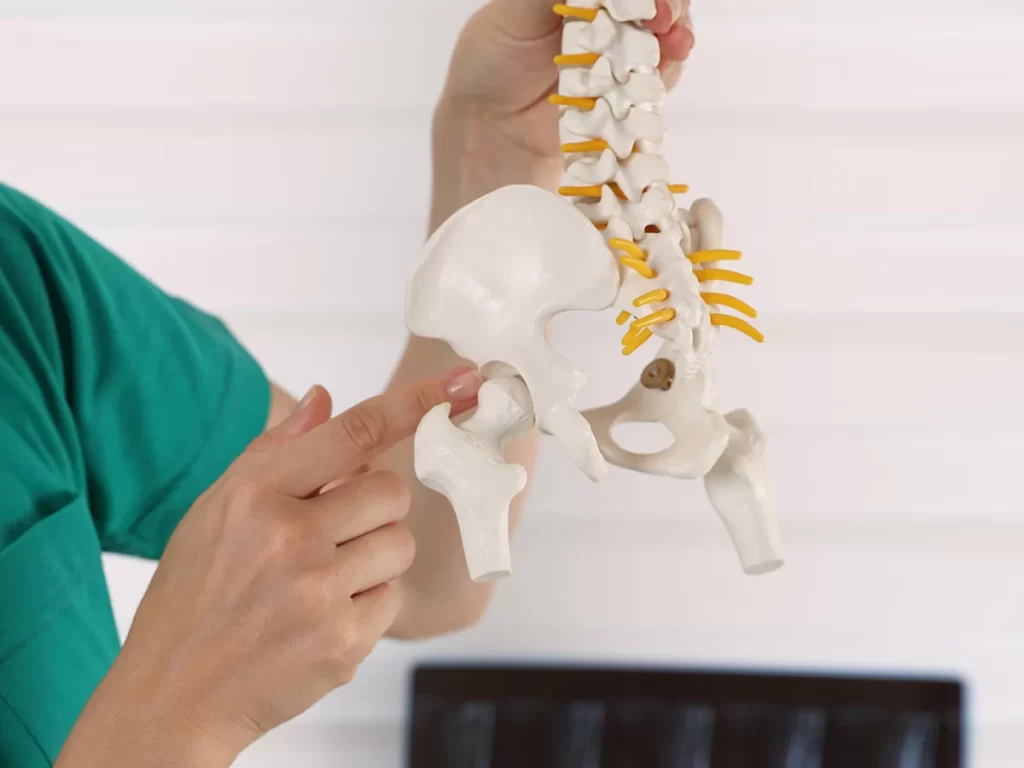
The hip is a ball-and-socket joint that connects the pelvis to the thigh bone (femur). It is one of the largest joints in the body. It is responsible for bearing weight and enabling movements such as walking, running, and jumping.
The hip joint consists of two main parts: the acetabulum, which is a socket in the pelvis, and the femoral head, which is the rounded end of the femur that fits into the acetabulum. The joint is also lined with a layer of cartilage called articular cartilage, which allows for smooth and pain-free joint movement.
Hip osteoarthritis is the wear and tear and deterioration of cartilage within the hip joint and is also known as degenerative joint disease. It occurs slowly over time and is more common in patients above 50, but it can also happen in younger people with previous hip injuries.
When the cartilage around the hip joint erodes, it narrows the protective layer between the bones. The bones surrounding the cartilage will begin to rub against each other, causing pain and stiffness in the hip. The length of the affected leg can become short over time, and it may gradually become painful even with walking short distances.
As the cartilage wears and tears, the most common symptom is pain in the hips and groin.
Other symptoms include:
Inflammatory arthritis is a form of arthritis which occurs due to an overactive immune system. They are generally less common than osteoarthritis, which is a mechanical degradation of the cartilage. Due to the nature of the overactive immune system, this form of arthritis can affect multiple joints in the body over a long period.
Symptoms of inflammatory arthritis include:
Three of the more common forms of inflammatory arthritis of the hip include:
A few causes and risk factors increase the likelihood of hip osteoarthritis. These include:
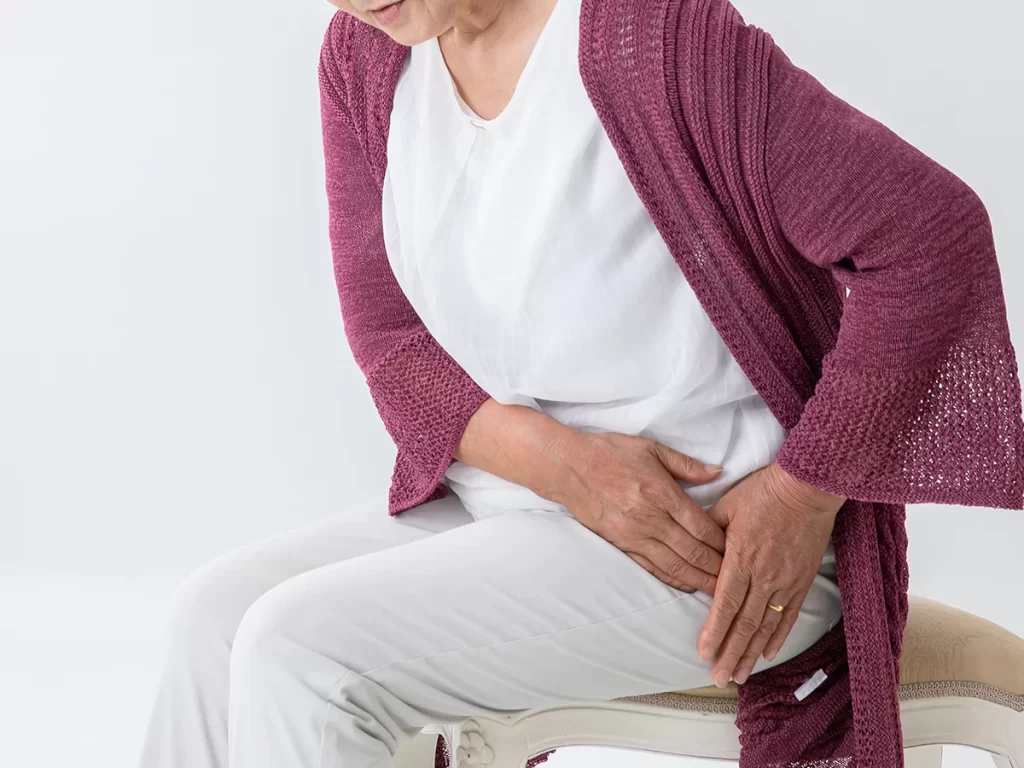

Hip osteoarthritis is a chronic condition that progressively worsens over time. As the condition progresses, the joint may become severely damaged, leading to complications that can impact daily life.
Possible complications include:
While it is not completely possible to prevent hip osteoarthritis as it results from continuous use of the joint, there are certain precautions to take to minimise its risk.
SCHEDULE AN APPOINTMENT WITH US
Consult our MOH-accredited orthopaedic specialist for an accurate diagnosis & personalised treatment plan today.
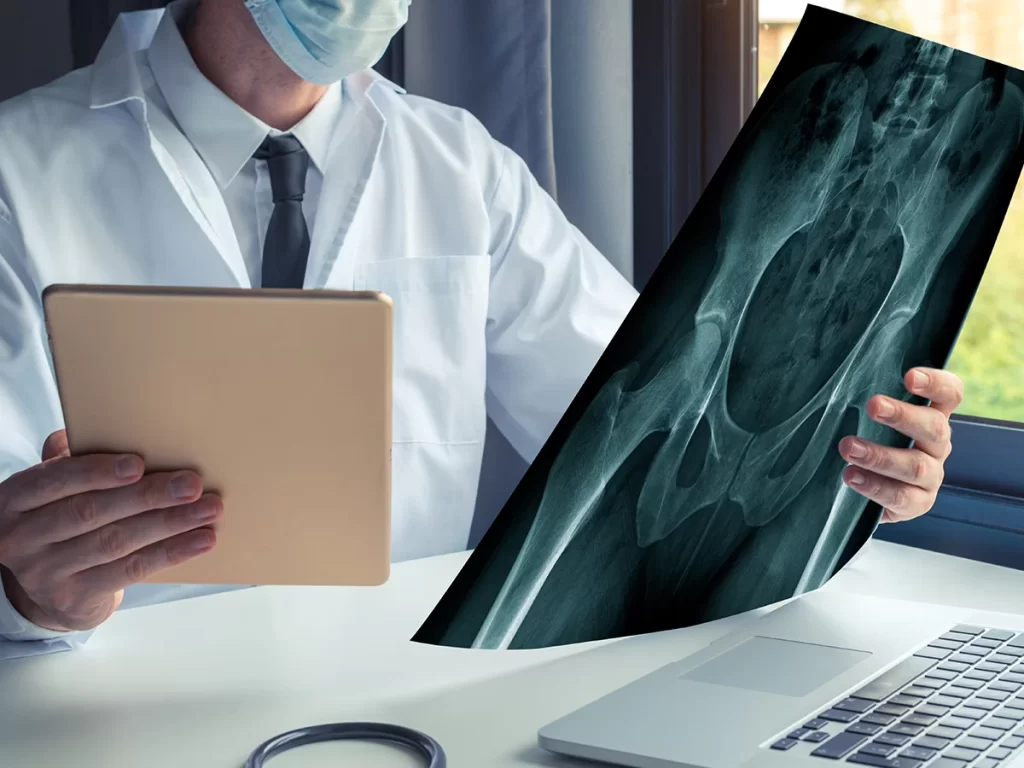
If you have gradual worsening symptoms, you should see an Orthopaedic Surgeon for an assessment. Your doctor will access your medical history and conduct a physical examination of your hip. Your doctor will check for tenderness in the area, range of motion and any signs of injury.
To confirm the diagnoses, your doctor may order imaging tests such as:
The severity of hip osteoarthritis is grouped into four stages, from Stage 1 to Stage 4. Depending on the stage, the treatment for the condition will differ.
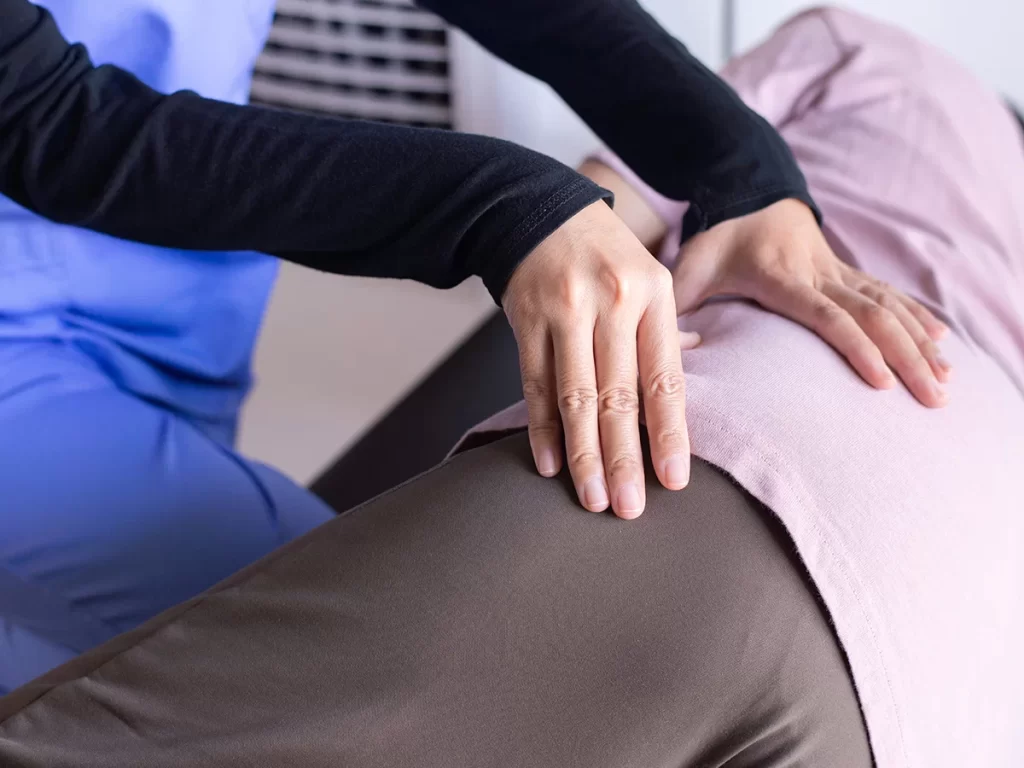
Osteoarthritis has a spectrum of symptoms depending on the severity of the condition. Many patients have mild to moderate symptoms, and this is usually well managed with periods of rest and activity modification.
Some non-surgical treatment options include:
In severe cases where the above recommendations have been unsuccessful, surgery is an option to treat osteoarthritis of the hip. A total hip replacement surgery may be recommended to remove hip pain and restore motion to help the patient walk and resume normal activities.

MBBS (S’pore)
MRCS (Ireland)
MMed (Ortho)
FRCSEd (Ortho)
Dr Kau (许医生) is a Fellowship trained Orthopaedic Surgeon with a subspecialty interest in Hip and Knee surgery and has been in practice for more than 15 years.
He is experienced in trauma and fracture management, sports injuries, and joint replacement surgery.
For Singaporeans, Singapore Permanent Residents and Foreigners.
Please speak to our friendly clinic staff about using your insurance plans.

If you have any enquiry, please do get in touch. Leave us a message and we will get back to you shortly.
Walking is a great form of exercise for hip osteoarthritis as it encourages blood flow to the joints.
While osteoarthritis cannot be cured, you can slow down the progression of the condition with regular physical activity.
High-impact activities like running and jumping should be avoided.
High-impact activities like running and jumping should be avoided.